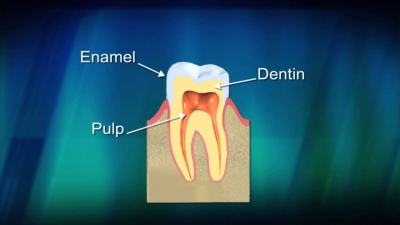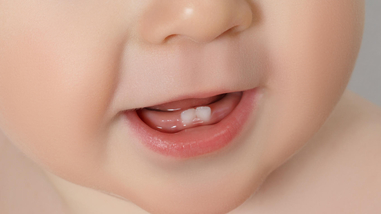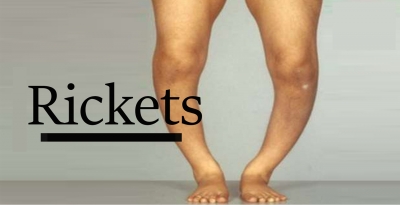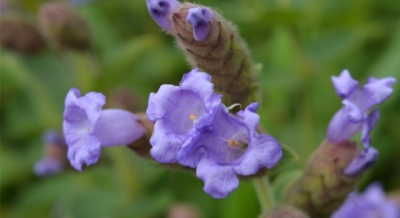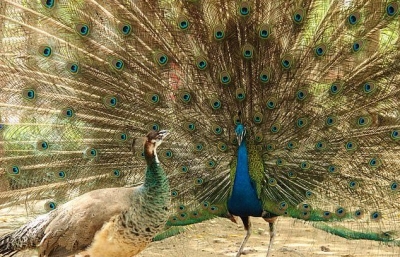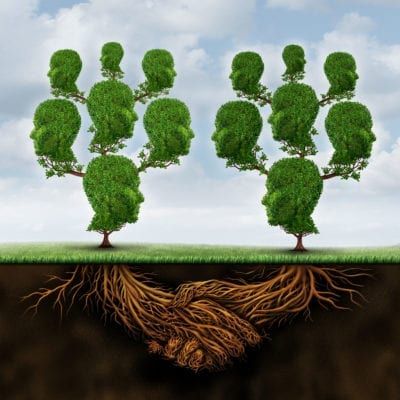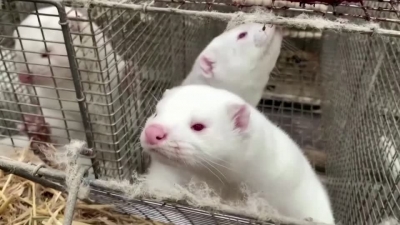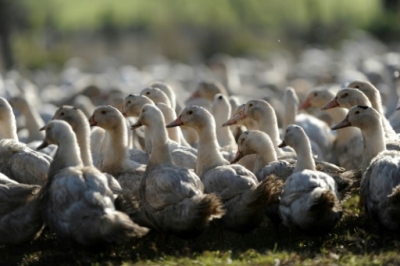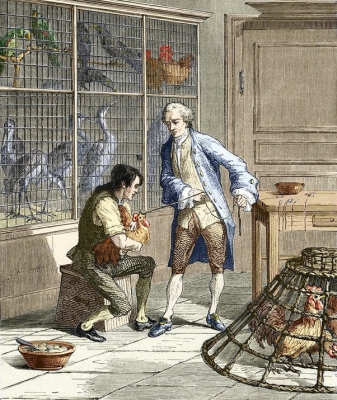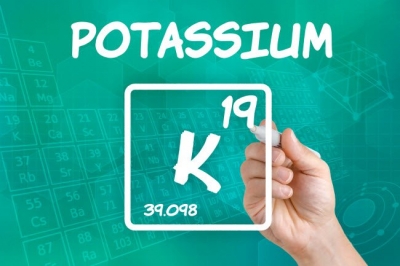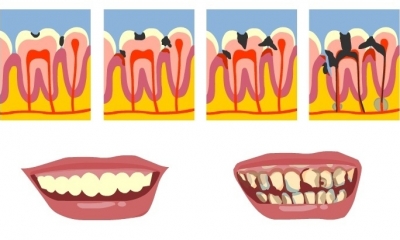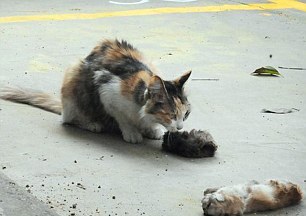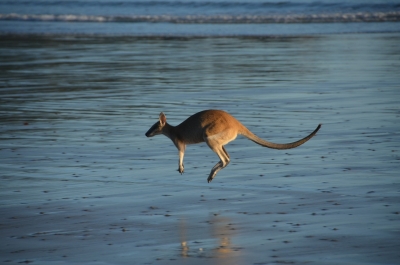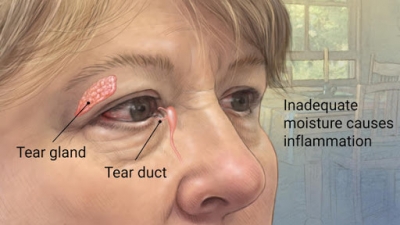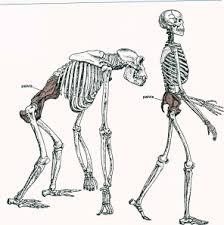
Originally Answered: From an evolutionary standpoint, why is human childbirth so painful?
If you look at the human pelvis compared to that of other mammals, ours is more bowl- or basin-like; in fact the word pelvis means “basin.”
But then, the next question is, why is the human pelvis shaped like that? Why isn’t the outlet wider, to allow for easier and more comfortable childbirth? The answer to this has to do with our upright locomotion, and has two facets: visceral support and locomotion.
First of all, in animals such as the chimpanzee or gorilla, which walk on all fours, the weight of the abdominal organs is supported by the strong, three-layered muscular wall of the abdomen. But stand a primate upright, and that weight now bears down on the pelvic floor. Something new is needed to support all that; otherwise we’d have a much more major problem than we do now with intestinal loops herniating through the pelvic floor. Guts need support.
So concurrently with the evolution of an upright posture, the floor of the pelvis—the bottom of the basin—turned inward to better support and strengthen the muscles of the pelvic floor that hold up one’s guts, especially those bulky, heavy intestines. Now, viewed from the inside, our pelvic floor looks like this. Notice that even the coccyx, our vestigial “tailbone,” turns inward to help support these muscles. (This is one example of why the concept of “vestigial” doesn’t mean “useless.”)
The second reason for this pelvic remodeling is locomotion: it enabled the femurs to angle inward so the knees fall below the body’s center of gravity, as this comparison of chimpanzee (left) and hominid (right) illustrates. This allows for sustained comfortable standing, comfortable bipedal walking (compare all the movies one may have seen of orangutans and chimpanzees walking on their hind legs), and perhaps most importantly, efficient long-distance running.
All of this pelvic remodeling, however, created the problem in childbirth that started this discussion thread. For the infant’s head to squeeze through this narrower pelvic outlet, especially as hominids evolved larger brains and craniums, meant that there was increasing selection pressure for infants to be born before the bones of the cranium fused and made the skull rigid. The skull must be able to deform a little bit to squeeze through the birth canal (a term meaning the combination of pelvic outlet, pelvic muscles, and vagina).
Hence, human infants are born in a less mature state than the infants of the great apes and many other mammals from cats to cattle. This immaturity is seen especially in the state of the nervous system at birth. Our infants, unlike so many others, can’t sit up, stand up, walk, grab ahold of their mothers for a ride (like a baby monkey or chimp), or even hold things in their hands. This is a price we pay for our bipedal locomotion; birth is painful and our infants require much more extensive parental care than those of other primates.
The last fact is a further selection pressure that favored evolution of longer-lasting pair bonds between human mates. Biparental care was necessary for optimal survival of our offspring. Thus, for reasons traceable back to or pelvic anatomy, humans evolved multiyear pair-bonding and a greater (though far from perfect) degree of monogamy compared to other primates.
In short, the advantages of bipedalism have so outweighed the disadvantages of birth pain and infant helplessness that, in the grand scheme of things, it has all been worthwhile. Birth pain is one of the prices we pay for human nature and civilization.
Credit : Quora
Picture Credit : Google
